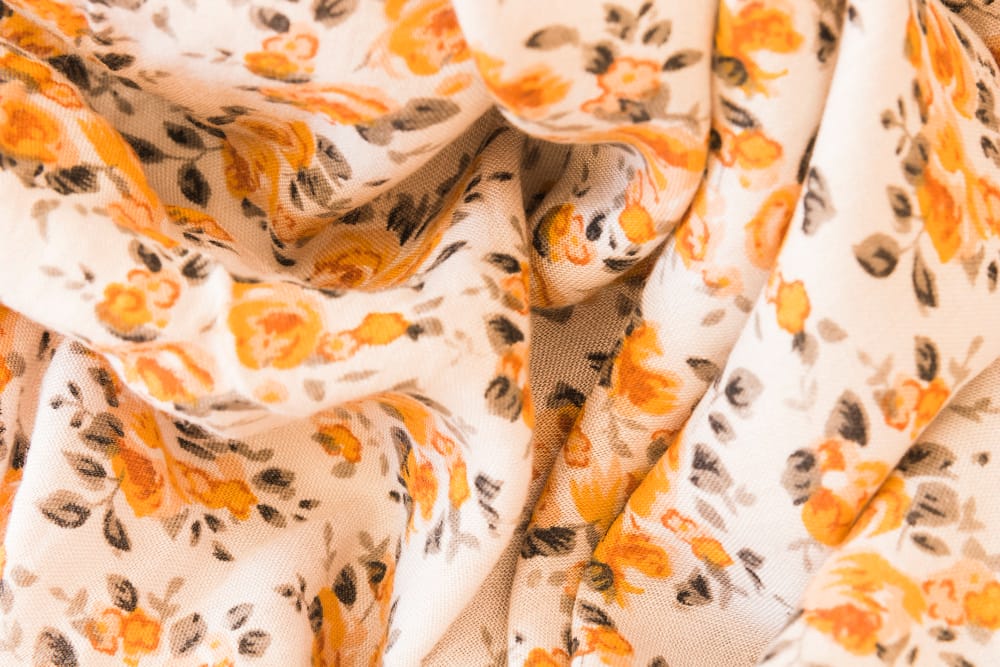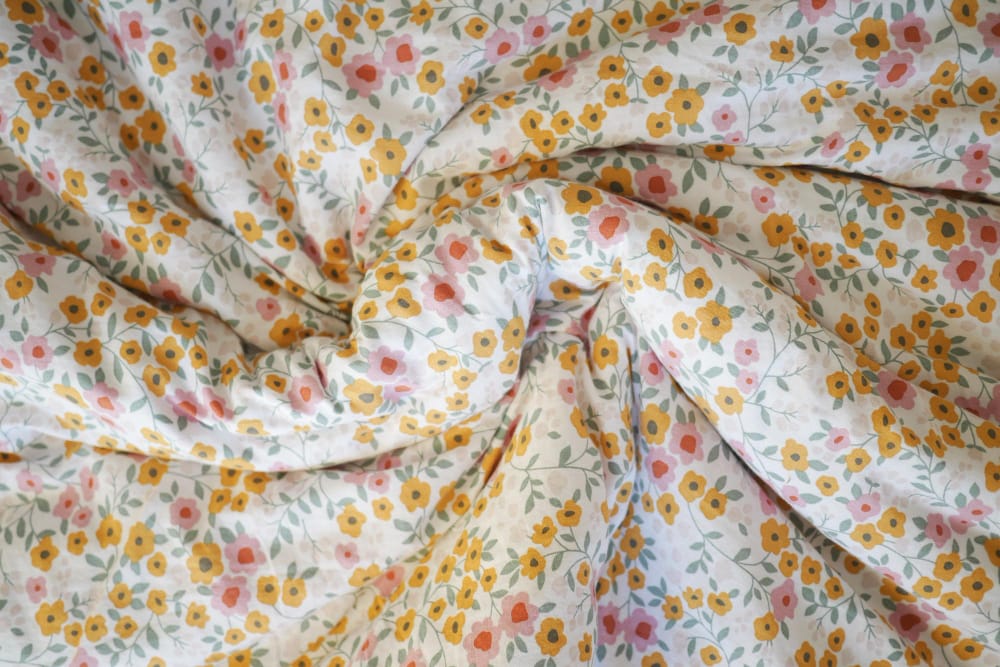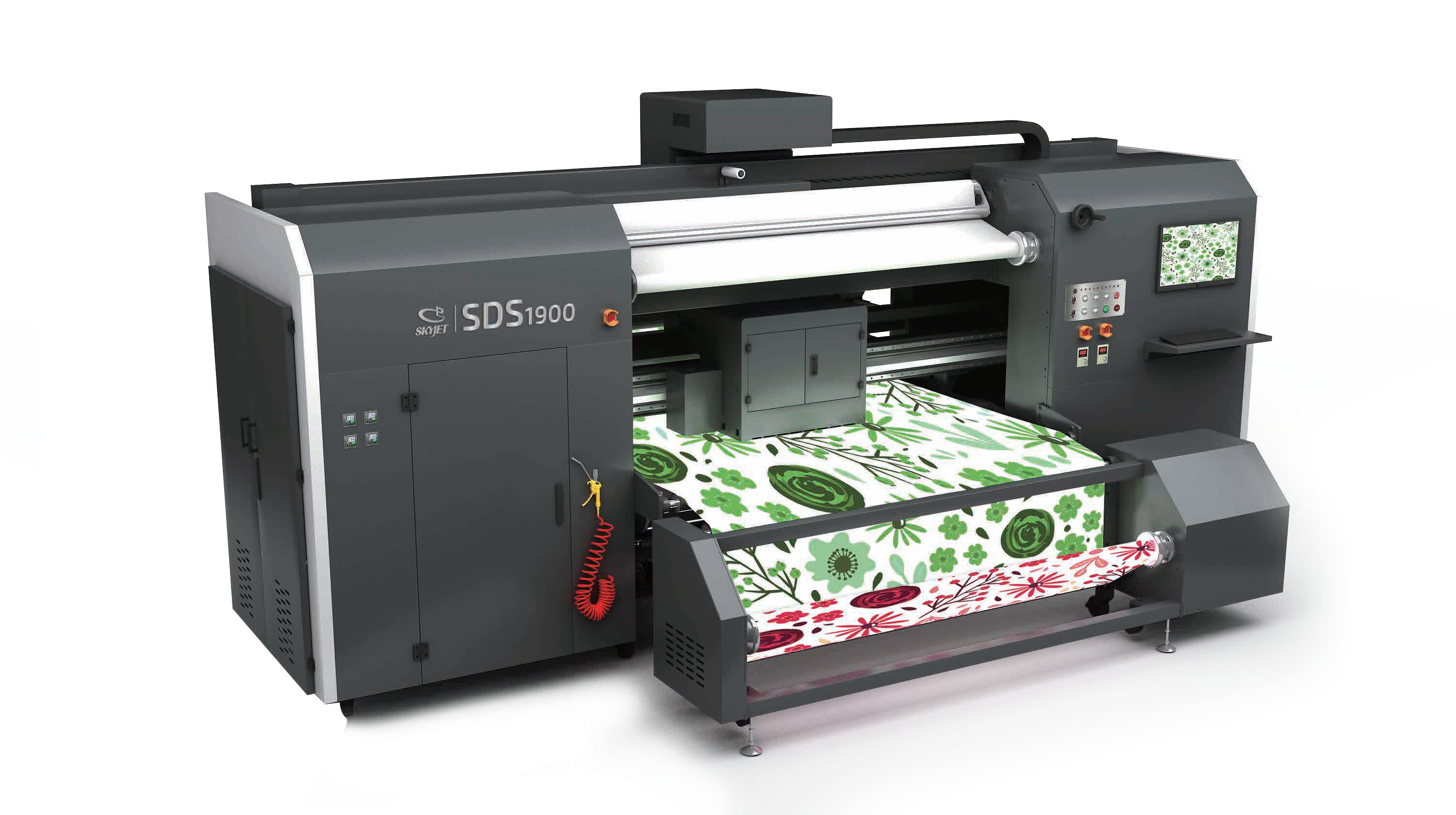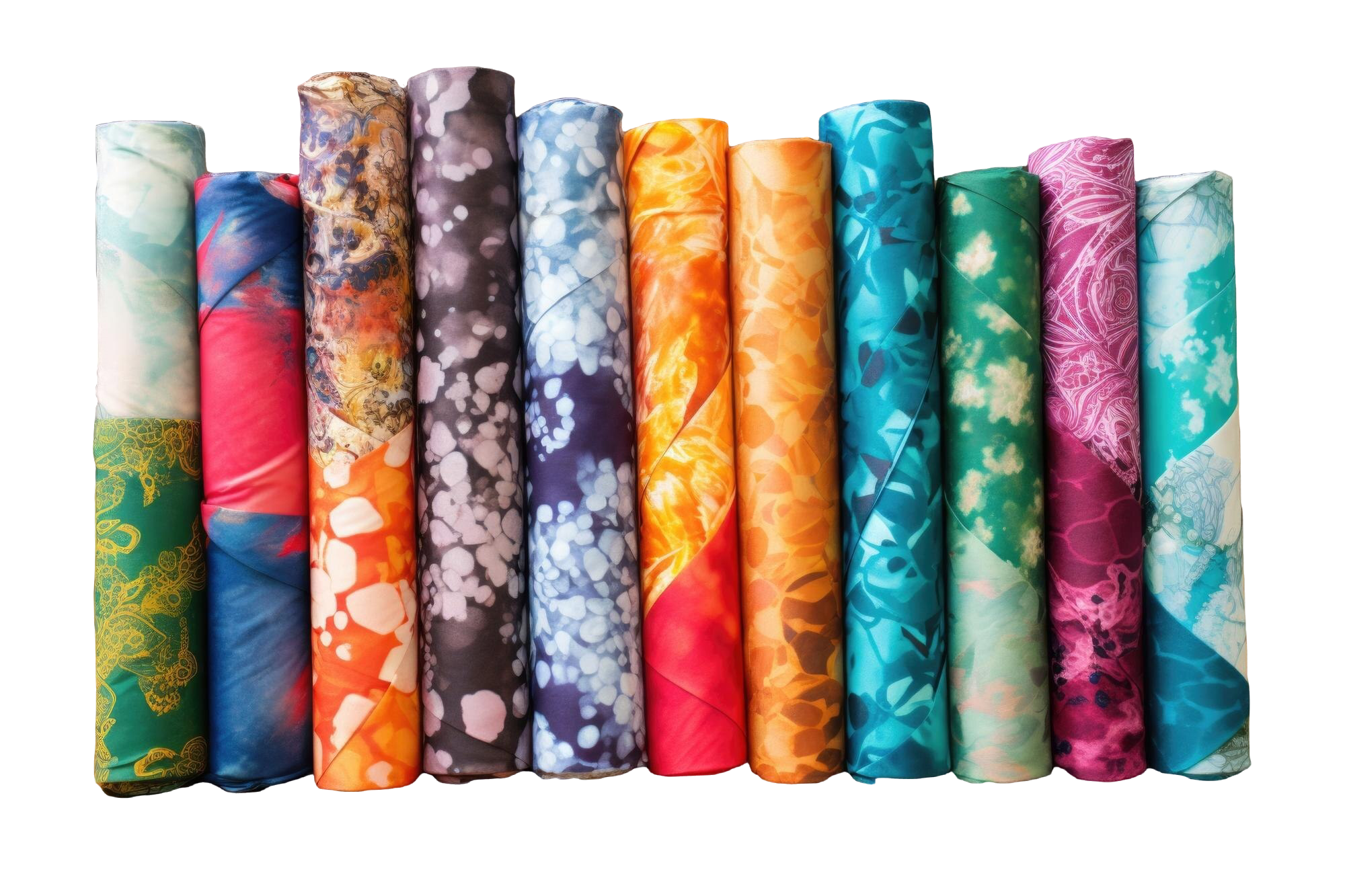The Role of Digital Printing in Textile Exports
In today’s textile industry, digital printing has completely transformed the way fabrics are customized and exported. As a result, exporters can now achieve designs that are sharper, faster, and more versatile than ever before. At TRUE COLORS, high-quality digital printing on fabrics such as cotton, silk, viscose, and polyester empowers exporters to deliver vibrant, detailed, and durable designs that meet international standards. Without precision printing, even the best fabrics can underperform. Therefore, TRUE COLORS’ expertise becomes essential for successful exports.



What Makes Digital Printing Reliable on Fabrics?
High-quality printing on fabrics depends on several factors. First of all, color accuracy ensures that designs remain vibrant and consistent across every batch.
- Color Accuracy – Designs appear true to life and remain consistent across large orders.
- Ink Durability – Prints withstand repeated washing, friction, and environmental exposure.
- Fabric Compatibility – Optimized techniques adapt to cotton, silk, viscose, and polyester.
- Batch Consistency – Every roll or piece maintains the same quality, reducing bulk-order errors.
Together, these elements not only enhance aesthetic appeal but also improve reliability and cost efficiency for exporters.
Why Export Houses Trust TRUE COLORS
Exporters choose TRUE COLORS because the company consistently provides solutions that go beyond standard printing.
- Advanced Digital Printing – Cutting-edge machines and technology create sharp, vibrant, and long-lasting prints.
- Tailored Solutions – Printing methods are carefully adapted to each fabric type and end-use application.
- Seamless Supply & Support – Timely delivery and technical assistance prevent production delays.
- Export-Ready Standards – Compliance with global quality benchmarks builds trust with buyers worldwide.
As a result, TRUE COLORS doesn’t just deliver printed fabrics; it provides reliable, scalable solutions that strengthen global competitiveness.
Best Practices for Working with Printed Fabrics
To maximize results when exporting digitally printed fabrics:
- Prepare fabrics carefully according to printer specifications.
- Conduct test prints on new fabric types before starting bulk production.
- Align printing methods with both the fabric type and the final application.
- Store printed fabrics in controlled environments to preserve vibrancy and durability.
By following these practices, exporters can ensure that every print remains consistent, vibrant, and export-ready. And with TRUE COLORS’ guidance, businesses scale efficiently while maintaining global standards.
Conclusion
In textile exports, digital printing is not just a process — it is the bridge between design and global success. For exporters looking to scale, TRUE COLORS’ expertise in printing on cotton, silk, viscose, and polyester provides unmatched reliability, durability, and vibrancy. When businesses choose TRUE COLORS, they invest in quality that meets international standards and delivers confidence with every shipment.




